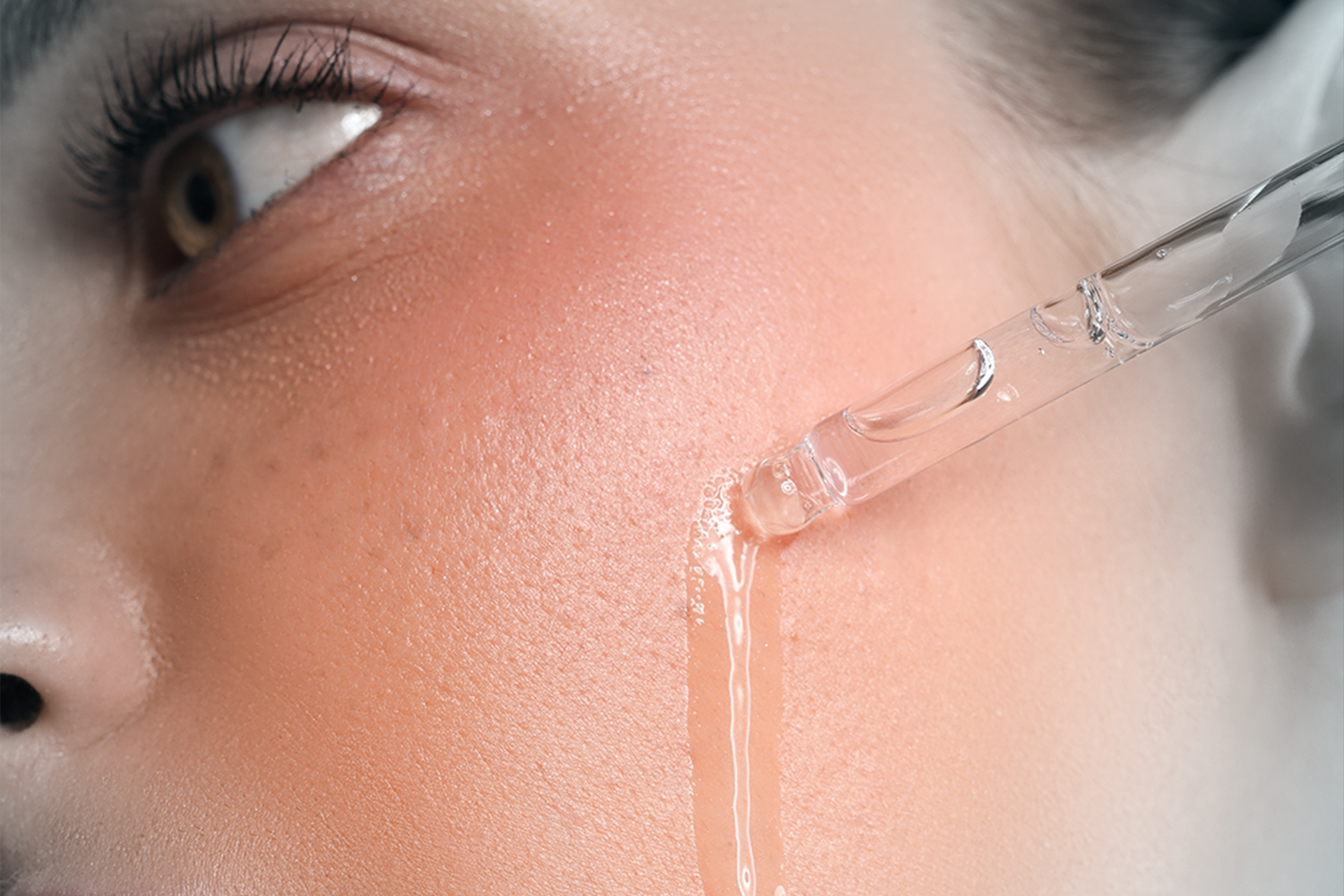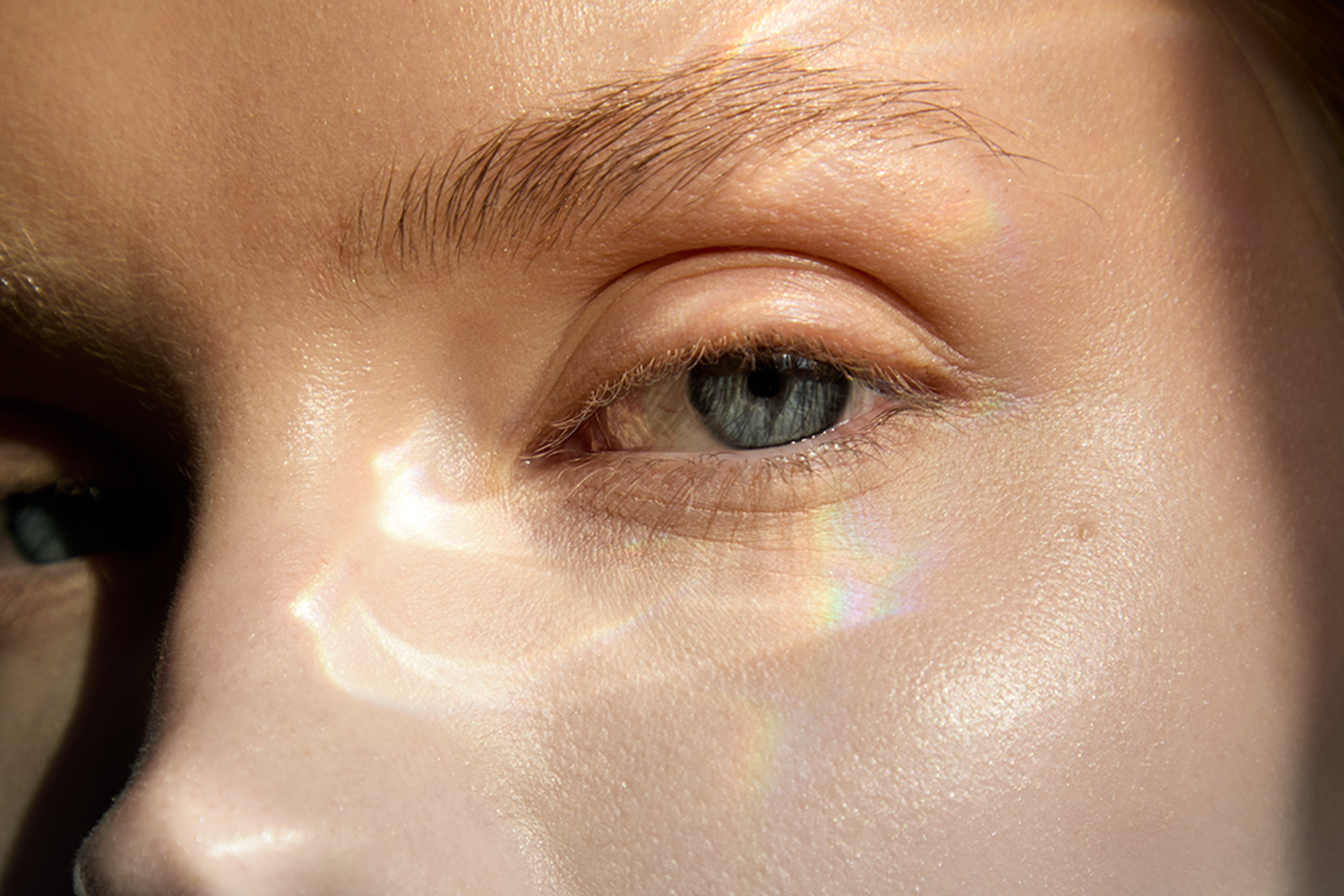You’ve just washed your face, maybe applied a mist, and now you're standing there and holding three serums, unsure which one goes first. Or whether you should even be using them together at all.
It’s a modern skincare dilemma. With so many actives (vitamin C, niacinamide, retinol, peptides) layering has become more of an art than a routine. But when it’s done right, your serums can actually support each other, making your whole routine more effective. Done wrong? You risk irritation, wasted product, and skin that’s just...tired.
This guide will walk you through what plays well together, what to avoid, and how to simplify the way you layer, so your skin feels supported and not overwhelmed.
Why Serum Layering Matters (and How to Do It Right)
Serums are concentrated. That’s their superpower and their weakness. They’re designed to deliver high-potency ingredients directly into your skin, but that also means they need a bit more thought in how they’re used.
The general rule? Layer from thinnest to thickest.
Start with watery, fast-absorbing serums (like hyaluronic acid or niacinamide), then move on to thicker, creamier treatments (like peptides or oils). Water-based formulas need to go first so they can actually reach your skin before something heavier seals it off.
Also: don’t rush. Let each serum settle for 30 seconds to a minute before applying the next. Your skin will absorb more when you give it breathing room. Apply in the right order, and your skin will thank you.
Power Couples: Serums That Work Well Together
Some serums just ‘get’ each other. When paired right, they don’t just coexist and they bring out the best in each other. These are the combinations that calm, brighten, hydrate, and restore without drama.
Here are a few that consistently play well:
· Hyaluronic Acid + Niacinamide
Hydration and balance in one go. Hyaluronic draws water into the skin, while niacinamide strengthens the barrier and calms inflammation. Great for almost every skin type, including sensitive.
· Vitamin C + Vitamin E + Ferulic Acid
This trio is famous for a reason. Together, they fight off free radicals, boost sun protection (though they’re not a replacement for SPF), and even out skin tone. Look for serums that combine all three. They’re often more stable and effective.
· Retinol + Peptides
Retinol speeds up cell turnover but can be irritating. Peptides help repair and strengthen, making this duo ideal for aging skin that still needs gentleness.
And then there are exosomes, the universal connector. Because they work by communicating with your skin cells, not forcing them, they pair beautifully with almost every active. Think of them as the smart, calming presence that makes everything else more effective.
Serums That Don’t Get Along
Not all serums were meant to be layered. Some combinations can irritate the skin, cancel each other out chemically, or just overcomplicate things. If your skin ever feels tight, red, or confused after your routine, there’s a good chance the mix—not the products—is to blame.
Here are some combinations to avoid:
· Retinol + AHAs or BHAs
Both are powerful on their own. Together? They can leave your skin raw, irritated, and more sensitive than necessary. Space them out—acid exfoliation a few nights a week, retinol on others.
· Benzoyl Peroxide + Retinol
This one’s a straight-up conflict. Benzoyl peroxide can deactivate retinol, while both increase dryness and irritation when layered. If you use both, alternate them on different nights or apply one in the morning and the other at night (with SPF, always).
· Too Many Actives At Once
This is the most common mistake. A little exfoliation, a little brightening, a little firming… suddenly your skin is overwhelmed. The barrier weakens, and the glow disappears. More is not better.
The good news? You don’t have to choose between results and calm. You just need a little strategy.
Easy AM + PM Serum Routine
If you’re feeling overwhelmed by options, here’s a simple framework to build around.
Morning (AM)
- Hydrating serum: Hyaluronic acid or panthenol to prep the skin and lock in moisture.
- Antioxidant serum: Vitamin C for brightening and environmental defense, or niacinamide if your skin prefers something gentler.
- Moisturizer: Lightweight and non-comedogenic.
- SPF: Broad-spectrum, minimum SPF 30. Always the final step.
Evening (PM)
- Hydrating mist or essence: Helps soften the skin and improve absorption, but its optional.
- Treatment serum: Depending on your skin’s needs you should use an active ingredient like retinol or exosomes. We reccomend to use exosomes nightly for consistent regeneration.
- Barrier support: Finish with a nourishing moisturizer that has peptides and ceramides.
If you’re new to actives or your skin feels easily overwhelmed, exosomes are a great “anchor” for your nighttime routine. They encourage regeneration without drama—and support recovery from more intense treatments like acids or retinol.
To learn more, read our blog titled ‘The Little Habits That Can Make or Break Your Skincare Routine’.
Where Do Exosomes Fit In?
Exosomes are still a new concept for many skincare lovers, but once you understand how they work, they become the kind of ingredient you never want to be without.
Unlike actives that force a result (like exfoliating acids or collagen-boosting retinoids) exosomes communicate. They’re microscopic messengers that deliver molecular instructions to your skin cells, guiding them to repair, regenerate, and function more efficiently.
What makes exosomes so unique in a routine full of serums is that they don’t compete, they collaborate. You can use them with vitamin C, with peptides etc. In fact, they enhance the results of other actives while reducing the risk of irritation.
Exosomes don’t replace your routine, they refine it. They help your skin learn to function better, so you can do more with less.
To learn more about exosome science: click here.
Your Skin Wants Consistency, Not Chaos
You don’t need seven serums. You need two or three that speak the same language. Apply them thoughtfully, give them time, and your skin will respond with clarity, calm, and real change. Consistency beats complexity. Every time.





